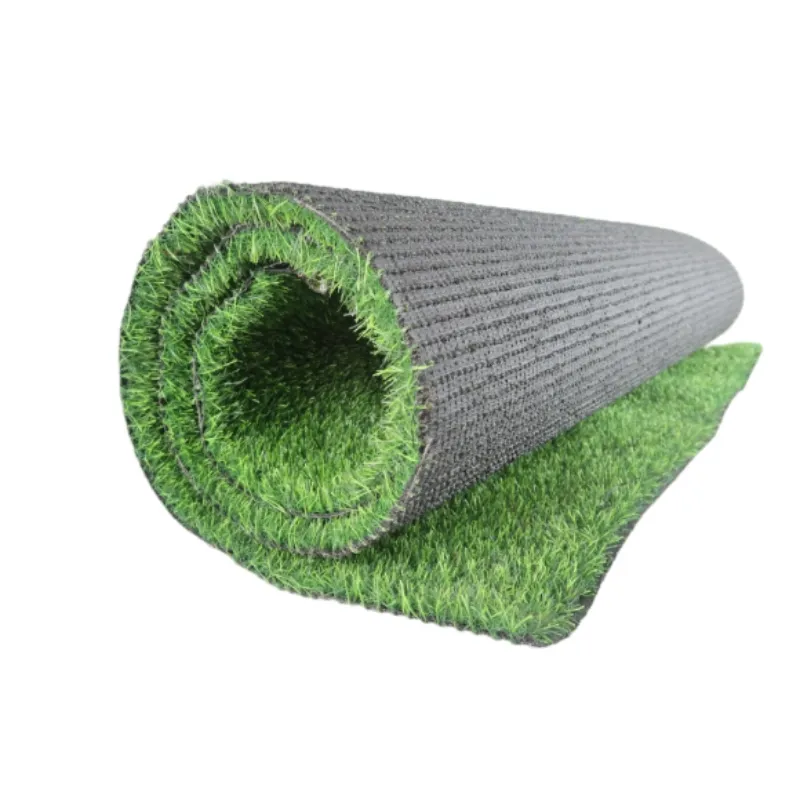
- Afrikaans
- Arabic
- Belarusian
- Bengali
- Czech
- Danish
- Dutch
- English
- Esperanto
- Estonian
- Finnish
- French
- German
- Greek
- Hindi
- Hungarian
- Icelandic
- Indonesian
- irish
- Italian
- Japanese
- kazakh
- Rwandese
- Korean
- Kyrgyz
- Lao
- Latin
- Latvian
- Malay
- Mongolian
- Myanmar
- Norwegian
- Persian
- Polish
- Portuguese
- Romanian
- Russian
- Serbian
- Spanish
- Swedish
- Tagalog
- Tajik
- Thai
- Turkish
- Turkmen
- Ukrainian
- Urdu
- Uighur
- Uzbek
- Vietnamese
Benefits of Artificial Grass for Sports Fields and Athletic Performance Enhancement
Nov . 10, 2024 11:54 Back to list
The Rise of Artificial Grass Sports Surfaces Revolutionizing Athletics
In recent years, artificial grass sports surfaces have gained immense popularity across various athletic disciplines. From football and soccer to tennis and golf, these synthetic materials have transformed the landscape of sports, offering athletes consistent performance, year-round playability, and a host of benefits that natural grass simply cannot provide. This article delves into the reasons behind the rise of artificial grass in sports, its advantages, challenges, and future prospects.
Advantages of Artificial Grass
One of the primary advantages of artificial grass is its durability. Unlike natural grass, which can become muddy and damage-prone, especially in inclement weather, synthetic turf provides a stable playing surface that withstands heavy foot traffic and adverse conditions. This means that athletes can practice and compete in almost any weather without the fear of damaging the field or compromising their own safety.
Another significant benefit is the low maintenance requirement of artificial grass. Natural grass requires constant care, including mowing, watering, fertilizing, and pest control. This can be particularly costly and time-consuming for schools, clubs, and sports organizations. In contrast, artificial surfaces need minimal upkeep. Periodic cleaning and infill replenishment are generally sufficient to keep the surface in optimal condition, making it a cost-effective solution in the long run.
Furthermore, artificial grass is designed to provide consistent playing conditions. It does not experience the same variability in surface quality that can accompany natural grass, which can change based on weather, soil conditions, and wear patterns. This uniformity is particularly important in professional sports, where even slight discrepancies can affect performance and outcomes. Athletes can rely on the predictability of the surface, leading to improved performance and reduced risk of injury.
Environmental Considerations
artificial grass sports surfaces

While the advantages of artificial grass are clear, environmental concerns have been raised regarding its production and disposal. Many artificial turfs are made from synthetic materials such as polyethylene and nylon, which can take hundreds of years to decompose. Moreover, the infill materials, often composed of crumb rubber from recycled tires, have raised health and environmental questions.
However, advances in technology are addressing these concerns. Newer artificial grass products, such as those using organic infills or more sustainable manufacturing practices, are being developed. Additionally, recycling programs for old artificial turf fields are gaining traction, allowing for the reuse of materials in various applications, further minimizing environmental impact.
The Future of Artificial Grass in Sports
As technology continues to evolve, the future of artificial grass sports surfaces looks promising. Researchers are constantly exploring innovative materials and designs that enhance performance and environmental sustainability. For instance, some manufacturers are experimenting with bio-based polymers, which could drastically reduce the ecological footprint of synthetic grass.
Moreover, the trend of installing artificial grass in multi-use facilities is on the rise. With its versatility, synthetic turf can accommodate a wide range of sports and activities, making it an ideal choice for schools and communities looking to maximize their facilities. This multi-functionality not only promotes more active lifestyles but also fosters community engagement through diverse sporting events.
Conclusion
Artificial grass sports surfaces represent a significant advancement in the world of athletics. Their durability, low maintenance, and consistent playing conditions make them an attractive option for a variety of sports. While challenges concerning environmental sustainability remain, ongoing innovations promise to address these issues and further improve the viability of artificial turf. As athletes, coaches, and communities embrace this technology, artificial grass is set to play an increasingly central role in sports, enhancing performance while accommodating the demands of modern athletics. The landscape of sports is changing, and artificial grass is at the forefront of this revolution.
-
The Benefits of Artificial Turf for Indoors
NewsJul.15,2025
-
How Artificial Grass Suppliers Ensure Quality Products
NewsJul.15,2025
-
Artificial Grass and Pets: A Space for Relaxation
NewsJul.08,2025
-
Balcony & Outdoor Decoration with Artificial Grass
NewsJul.08,2025
-
Best Indoor Artificial Grass for Home
NewsJul.07,2025
-
Best Pet Turf for Dogs: Safe & Durable Artificial Grass Options
NewsJul.07,2025
Products categories









